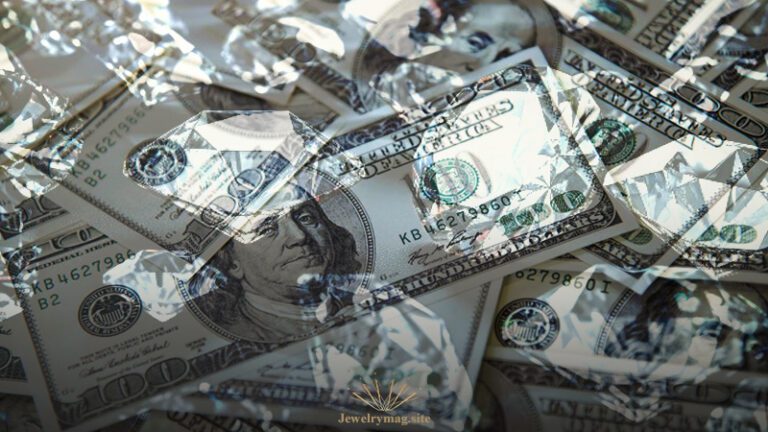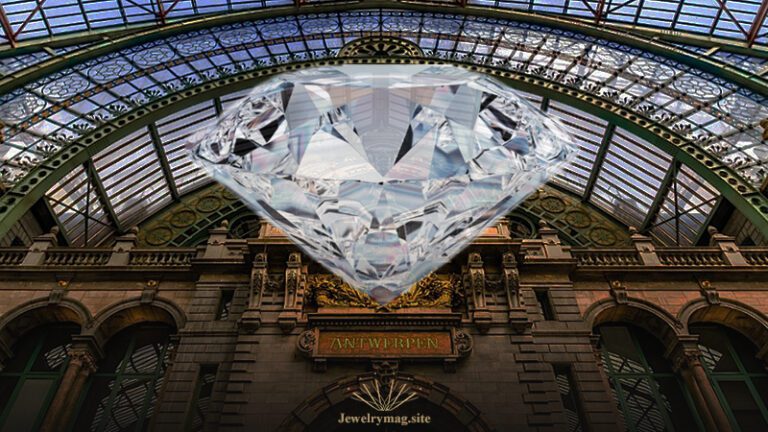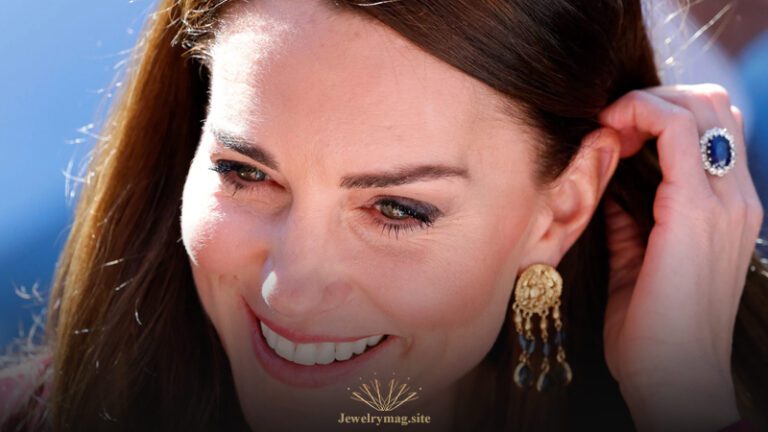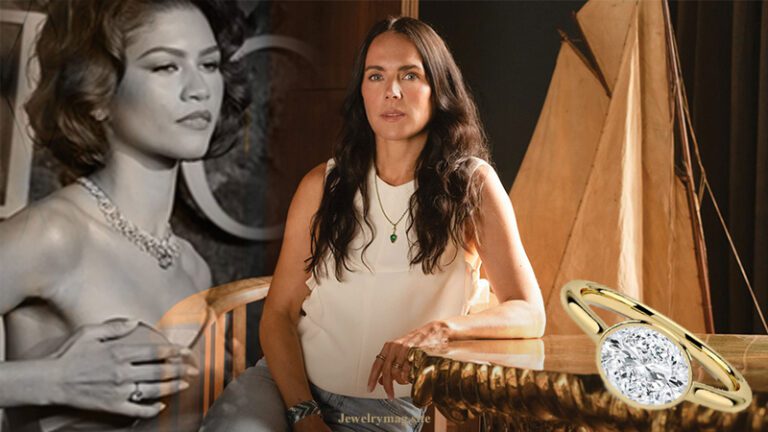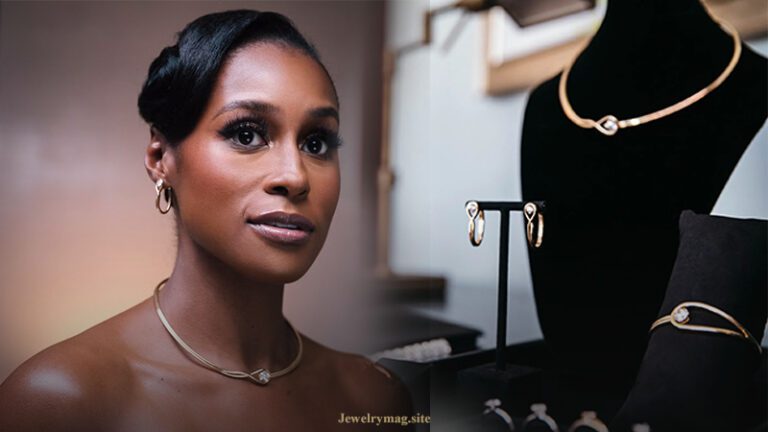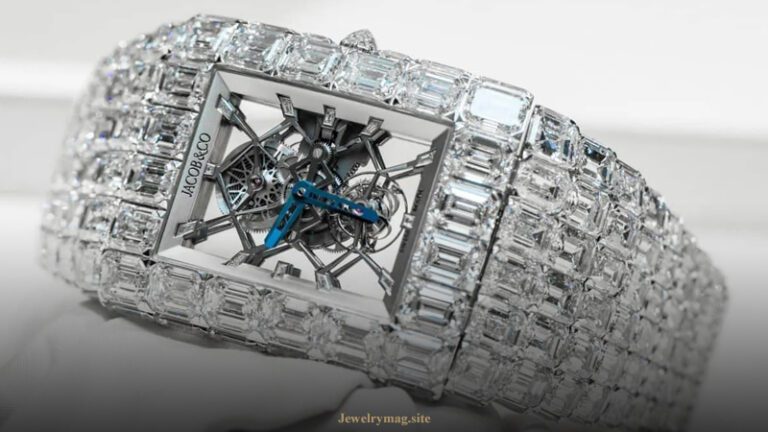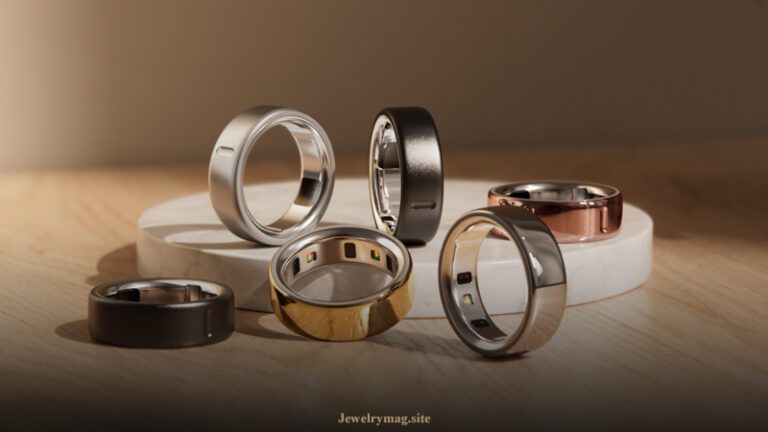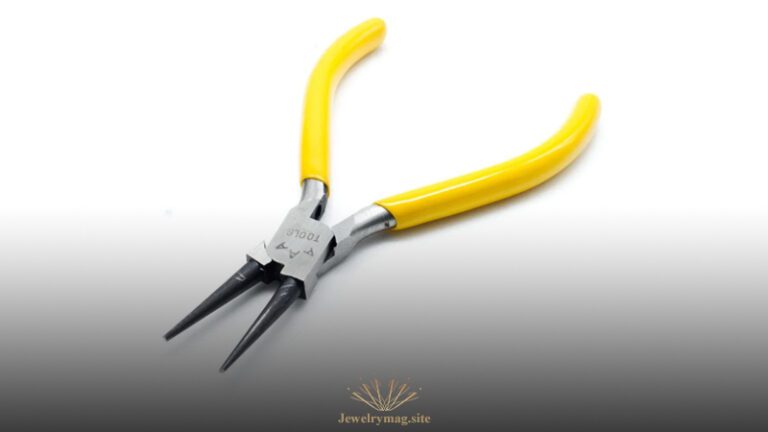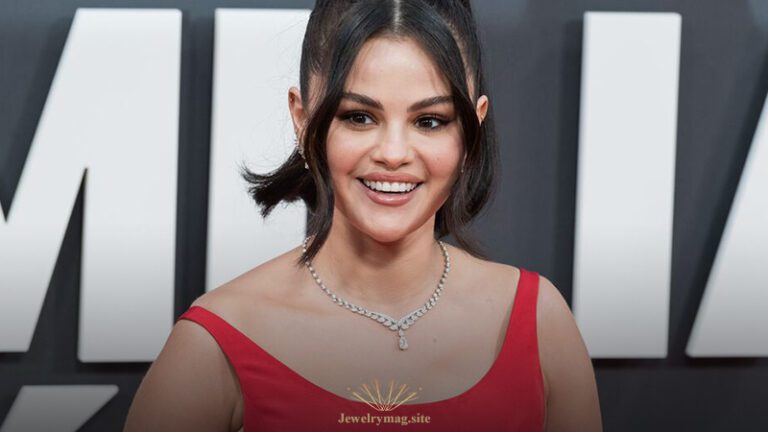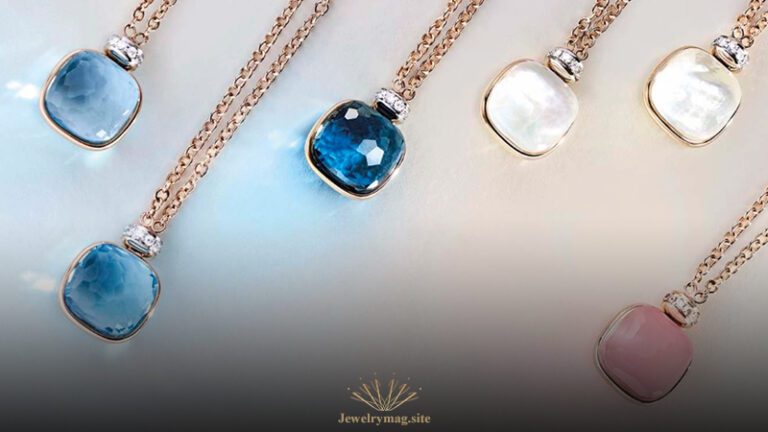Diamonds have captivated human fascination for centuries, symbolizing wealth, beauty, and enduring love. However, understanding diamond prices can be a complex endeavor due to various factors influencing their value. Whether you are purchasing a diamond for an engagement ring or as an investment, this guide will help you navigate the intricate world of diamond pricing.
The Four Cs: The Foundation of Diamond Prices
The primary factors determining diamond prices are commonly referred to as the Four Cs: Carat, Cut, Color, and Clarity. Each of these characteristics plays a significant role in the overall value of a diamond.
1. Carat
Carat weight is often the first aspect people consider when buying a diamond. It refers to the diamond’s size, with one carat equivalent to 200 milligrams. Generally, larger diamonds are rarer and thus more expensive. However, price per carat increases exponentially with size. For instance, a two-carat diamond will cost significantly more than two one-carat diamonds of similar quality.
2. Cut
The cut of a diamond affects its brilliance and overall appearance. A well-cut diamond reflects light beautifully, enhancing its sparkle. Cut grades range from Excellent to Poor, with Excellent and Very Good cuts commanding higher prices. A diamond’s cut is arguably the most crucial factor in its visual appeal and can significantly impact its price.
3. Color
Diamonds come in a variety of colors, but the most valued are those that are colorless. The Gemological Institute of America (GIA) grades diamond color on a scale from D (colorless) to Z (light yellow or brown). Colorless diamonds (D-F) are the most expensive, while diamonds with noticeable color (G-Z) decrease in price as the presence of color increases.
4. Clarity
Clarity refers to the presence of internal or external imperfections, known as inclusions and blemishes. The GIA clarity scale ranges from Flawless (no inclusions or blemishes visible under 10x magnification) to Included (inclusions and/or blemishes visible to the naked eye). Diamonds with higher clarity grades are rarer and more valuable.
Additional Factors Influencing Diamond Prices
While the Four Cs are the primary determinants of diamond prices, several other factors can influence the cost of a diamond.
Certification
A diamond’s certification from a reputable gemological laboratory, such as the GIA or the American Gem Society (AGS), provides an unbiased assessment of its quality. Certified diamonds often command higher prices due to the trust and assurance provided by the certification.
Shape
Diamonds come in various shapes, including round, princess, emerald, and oval. Round diamonds are the most popular and expensive due to their brilliance and demand. Fancy shapes, like emerald or pear, are typically less costly but can be equally stunning.
Fluorescence
Some diamonds exhibit fluorescence under ultraviolet light, which can affect their appearance and price. While fluorescence can make a diamond appear milky or hazy, it can also enhance the color of lower-graded diamonds. The impact of fluorescence on price varies, with strong fluorescence often reducing the price of higher-grade diamonds.
Market Conditions
Like any commodity, diamond prices are subject to market conditions, including supply and demand, economic factors, and global events. For instance, economic downturns can decrease demand and lower prices, while increased demand during the wedding season can drive prices up.
How to Get the Best Value When Buying a Diamond
Purchasing a diamond is a significant investment, and getting the best value requires careful consideration and research. Here are some tips to help you make an informed decision.
Prioritize the Cut
Among the Four Cs, cut has the most significant impact on a diamond’s beauty. A well-cut diamond will appear more brilliant and sparkly, even if it has lower color or clarity grades. Therefore, prioritizing the cut can help you get a stunning diamond without breaking the bank.
Balance Carat Weight and Quality
While larger diamonds are desirable, it’s essential to balance size with quality. A slightly smaller diamond with better cut, color, and clarity can be more beautiful and valuable than a larger diamond with lower quality. Consider diamonds just below popular carat weights (e.g., 0.9 carats instead of 1 carat) to save money without a noticeable difference in size.
Choose a Reputable Jeweler
Buying from a reputable jeweler ensures you get a quality diamond with accurate grading reports. Look for jewelers who provide detailed information about the diamond’s characteristics and offer certification from recognized gemological laboratories.
Consider Online Retailers
Online diamond retailers often offer lower prices than brick-and-mortar stores due to lower overhead costs. Many reputable online retailers provide high-quality diamonds with certification and detailed images, allowing you to make an informed purchase from the comfort of your home.
Understand the Impact of Fluorescence
If you are considering a diamond with fluorescence, examine it under different lighting conditions to see its effect. In some cases, fluorescence can enhance the appearance of lower-color diamonds, providing a better value for your money.
The Future of Diamond Prices
The diamond market is constantly evolving, influenced by various economic, social, and technological factors. Understanding these trends can help you make better purchasing decisions and anticipate changes in diamond prices.
Lab-Grown Diamonds
Lab-grown diamonds are becoming increasingly popular due to their affordability and ethical appeal. These diamonds are chemically and physically identical to natural diamonds but can cost 20-40% less. As technology advances and production costs decrease, lab-grown diamonds may continue to impact the market for natural diamonds.
Ethical and Sustainable Practices
Consumers are becoming more conscious of ethical and sustainable practices in the diamond industry. Conflict-free diamonds, those sourced from mines that adhere to ethical standards, and environmentally friendly mining practices are gaining importance. Diamonds with verified ethical origins may command higher prices due to their desirability among socially conscious buyers.
Economic Factors
Global economic conditions, such as inflation, currency fluctuations, and geopolitical events, can influence diamond prices. For example, economic growth in emerging markets can increase demand for diamonds, driving prices up. Conversely, economic downturns can reduce demand and lower prices.
Technological Advancements
Advancements in diamond-cutting technology and synthetic diamond production can impact prices. Improved cutting techniques can enhance the brilliance of diamonds, potentially increasing their value. On the other hand, more efficient production of lab-grown diamonds can lower their prices and provide more competition for natural diamonds.
Conclusion
Understanding diamond prices involves considering multiple factors, from the Four Cs to market conditions and future trends. By prioritizing cut, balancing size and quality, choosing reputable retailers, and staying informed about market trends, you can make a wise and satisfying diamond purchase.
Diamonds are more than just gemstones; they are symbols of significant life events and investments in beauty and value. With the knowledge provided in this guide, you are better equipped to navigate the complex world of diamond pricing and find the perfect diamond that meets your needs and budget.
Top websites to check for daily diamond prices
Stone Algo
Website: StoneAlgo
StoneAlgo is a modern and user-friendly platform designed to help consumers find the best diamonds at the most competitive prices. The site leverages advanced algorithms and data analysis to provide detailed diamond pricing, recommendations, and insights.
Rapaport
Website: Rapaport
The Rapaport Diamond Report is one of the most trusted sources for diamond pricing. It provides detailed price lists and market insights, though access to full reports usually requires a subscription.
Blue Nile
Website: Blue Nile
Blue Nile is a leading online retailer of diamonds and fine jewelry. The site offers a vast selection of diamonds with transparent pricing and detailed information about each stone.
James Allen
Website: James Allen
James Allen provides a wide range of diamonds with 360° HD images and detailed pricing. The site is known for its user-friendly interface and competitive prices.
Whiteflash
Website: Whiteflash
Whiteflash specializes in high-quality diamonds and provides extensive information on pricing, certification, and diamond characteristics. The site is particularly known for its “A CUT ABOVE” super-ideal diamonds.
Brilliant Earth
Website: Brilliant Earth
Brilliant Earth offers ethically sourced diamonds and detailed pricing information. The site also provides educational resources about diamonds and their pricing.
Diamond Registry
Website: Diamond Registry
Diamond Registry provides diamond pricing information and allows users to request a free quote for specific diamonds. It also offers insights into market trends and pricing strategies.
IGI (International Gemological Institute)
Website: IGI
IGI provides diamond grading services and reports, which include pricing information. Their reports are widely trusted in the industry, and the site offers educational resources about diamond valuation.
GIA (Gemological Institute of America)
Website: GIA
GIA is a leading authority in gemology and provides diamond grading reports and educational resources. While the site does not sell diamonds directly, it offers valuable information about diamond quality and pricing.
1stdibs
Website: 1stdibs
1stdibs is a marketplace for high-end jewelry, including diamonds. It provides detailed pricing and product information, making it a good resource for checking current diamond prices.
Jewelers of America
Website: Jewelers of America
This site provides industry news and information about diamond pricing trends. It’s a good resource for staying updated on market conditions and getting insights from industry experts.
FAQs About Diamond Prices
Q1: How much should I expect to spend on a diamond engagement ring?
A: The cost of a diamond engagement ring varies widely based on the Four Cs and personal preferences. On average, couples in the U.S. spend around $5,000, but it’s possible to find beautiful rings for much less or more, depending on the quality and size of the diamond.
Q2: Are lab-grown diamonds a good investment?
A: Lab-grown diamonds are generally more affordable and ethically sourced than natural diamonds. However, their resale value is typically lower. If investment is a primary concern, natural diamonds may be a better choice. Lab-grown diamonds are excellent for those prioritizing ethics and budget.
Q3: How can I ensure I’m getting a fair price for a diamond?
A: To ensure a fair price, research and compare prices from multiple sources, check for certification from reputable gemological labs, and consult with trusted jewelers. Online tools and diamond price calculators can also help you understand the current market value.
Q4: Do diamond prices fluctuate over time?
A: Yes, diamond prices can fluctuate based on supply and demand, economic conditions, and market trends. Staying informed about these factors can help you time your purchase to get the best value.
Q5: What’s the best way to sell a diamond?
A: Selling a diamond can be challenging. Options include selling to a jeweler, diamond dealer, or through an online marketplace. Obtaining a professional appraisal and certification can help you get a fair price. Be prepared to negotiate and understand that resale prices are typically lower than retail prices.
By understanding the intricate factors that influence diamond prices and following the tips provided, you can make informed decisions whether you’re buying or selling diamonds. With knowledge and careful consideration, you can navigate the diamond market with confidence and ensure you get the best value for your investment.

